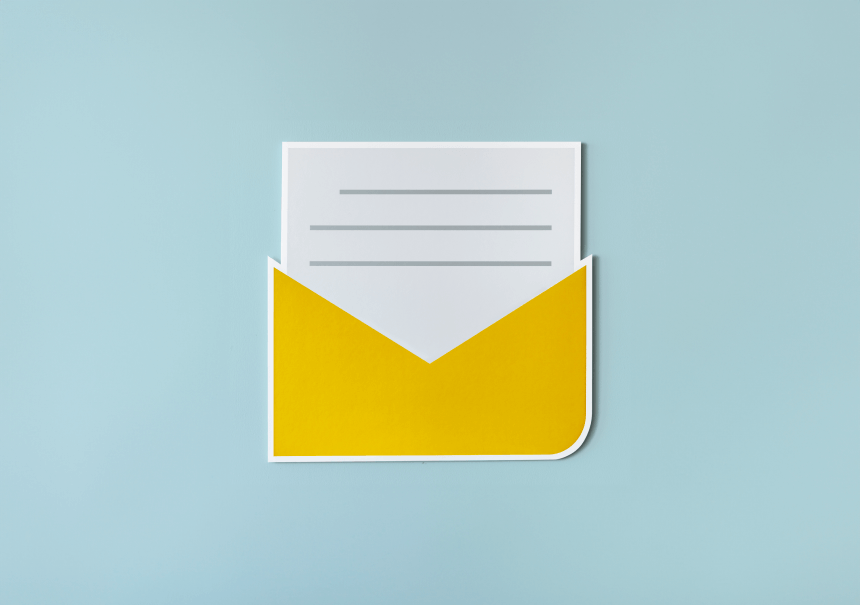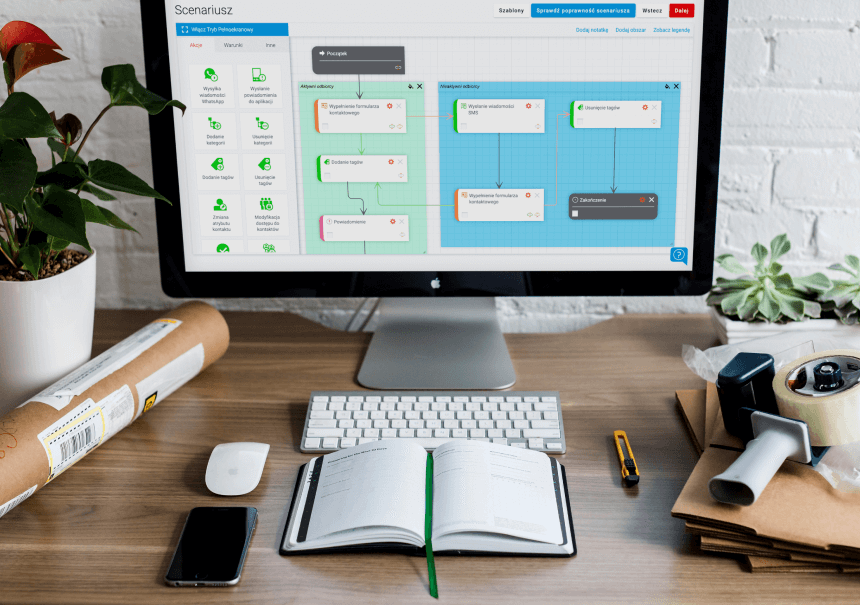How will Marketing Automation help you get higher e-mail open rates?

E-mail still remains one of the most effective marketing tools. But billions of messages are sent every day. To stand out in the crowd, you need a strategy. Read what to do to make your e-mails more likely to be opened – and how Marketing Automation will help make your marketing campaigns more effective.
Optimize e-mail subject lines
The subject line is the first barrier to overcome to get the recipient to open the message. Personalize – adding a first name, for example – then the e-mail will be more appealing.
Keep the subject line concise while providing key information. Real information add – every marketing offer is a promise you have to fulfill. Don’t promise customers something you can’t keep (e.g., a long-term price reduction).
The subject line should increase the curiosity of the recipient, but beware, you are balancing on a thin line. Nowadays mailboxes have highly developed spam filters and almost automatically block messages with words like “cheap”, “discount”, “extra” in the subject line. Unfortunately – although such a subject line seems attractive, it ends up in spam, where rarely anyone looks.
Also, remember not to make the title too long. The email program will cut part of it anyway, and you will lose the whole wow effect.
Personalize the e-mail content
Before you start personalizing your e-mail content, segment your recipient base. This allows you to tailor the content to specific groups of customers, increasing their engagement with your company.
With Marketing Automation – for example, using Feed Manager – you can use dynamic personalization to tailor content to your audience’s behavior and preferences.
Conduct A/B tests to know what form of message or e-mail title worked better to communicate with a particular segment. Analysis of interaction history is an absolute must have, don’t rest on your laurels, just test, change if something doesn’t work, be flexible – because as your audience base grows, so do customers with new preferences.
Use double opt-in confirmation. Confirming a user’s subscription to your newsletter, for example, will ensure that you only collect valuable contacts who actually want to receive messages from you. And since they want it, they are more likely to open it.
On a technical note, it’s better to use a dedicated IP address for mailings. If you share an IP address with someone, there is a risk that you may end up “collaborating” with some spammer, and unfortunately, collective responsibility is at work here, and your mailings from this address will also be treated as spam by some mailboxes. A dedicated, personal IP address is more expensive, but at the end of the day it’s more worth it – you have full control over your mailings, and you don’t have to watch to see if others can mess things up.
Another thing – responsive e-mails. More and more people are receiving messages on cell phones. Therefore, your e-mails must display well on small screens – otherwise people simply won’t be interested in them and will stop opening them over time. In today’s busy world, few people want to scroll through a screen and check where the key information is in an e-mail.
Don’t write too much. Not only in the title, but also in the content. An e-mail is not a book. Treat it like something like a landing page – it’s supposed to sell or interest the recipient and send him/her away (with a CTA) to a specific place. E-mail is not subject to SEO rules, you don’t need to position it. That is, you don’t need an accumulation of keywords and long-winded descriptions. Include the meat itself, preferably right at the beginning, to get the customer interested in specifics.
The timing of the e-mail also matters. Fewer messages will open at night, or on Friday afternoon, where most people are already thinking about the weekend. Your best bet is to check, using marketing analytics, what days and times get the most visits to your website. In all likelihood, these are the periods when your customers are most active, and this is when it pays to send mailings. The chance that they will be opened increases.
Don’t forget to regularly organize your customer base. Over time, some contacts become inactive, or have overflowing e-mail inboxes – as a result, your e-mails bounce off the wall, and this spoils the reputation of the IP address dedicated to mailings. Go through the statistics, you can easily see which e-mail addresses have stopped opening your e-mails for a long time, or even messages bounce back.
Take advantage of Marketing Automation
First, remember – automated campaigns deliver content to the right recipients at the right time. This already increases the chance of an e-mail being opened.
Second, create Marketing Automation scenarios – they will respond to recipient activity, such as opening an e-mail or clicking on a link. This allows you to adjust the next steps in your marketing campaign.
Marketing Automation will work perfectly for Lead Nurturing. As we mentioned, you deliver valuable content to customers at the right time. So to speak, you guide the lead along the entire purchase path, at each stage offering him something he just happens to need. And this will result in increased conversions and sales over time.
Marketing Automation means access to data about your customers, collected on your website. In turn, a lot of data means a lot of knowledge about your audience’s behavior, which will allow you to tailor your mailing creations even better to your customers’ expectations. In other words, customers, seeing that you are providing them with what they need, will open your messages more readily.
Summary
An effective e-mail marketing strategy requires not only creativity, but also smart tools such as Marketing Automation. Content optimization, personalization and data analysis are key to success in a competitive environment. Remember to constantly adapt your strategy to changing trends and preferences to keep your campaigns highly effective.



